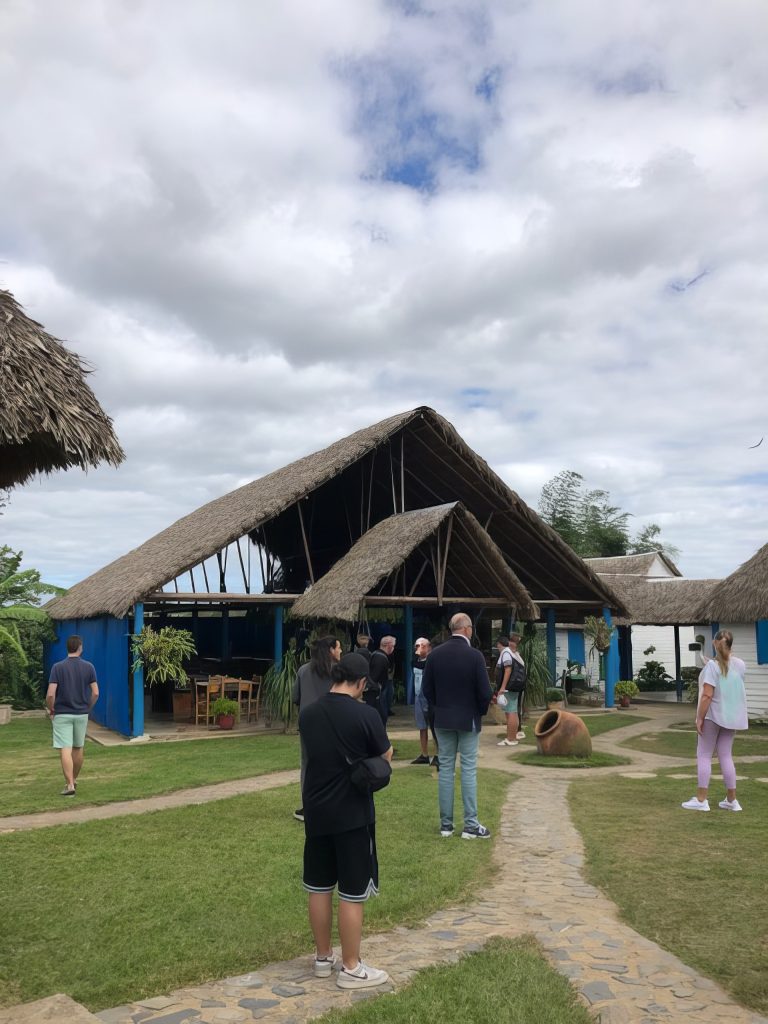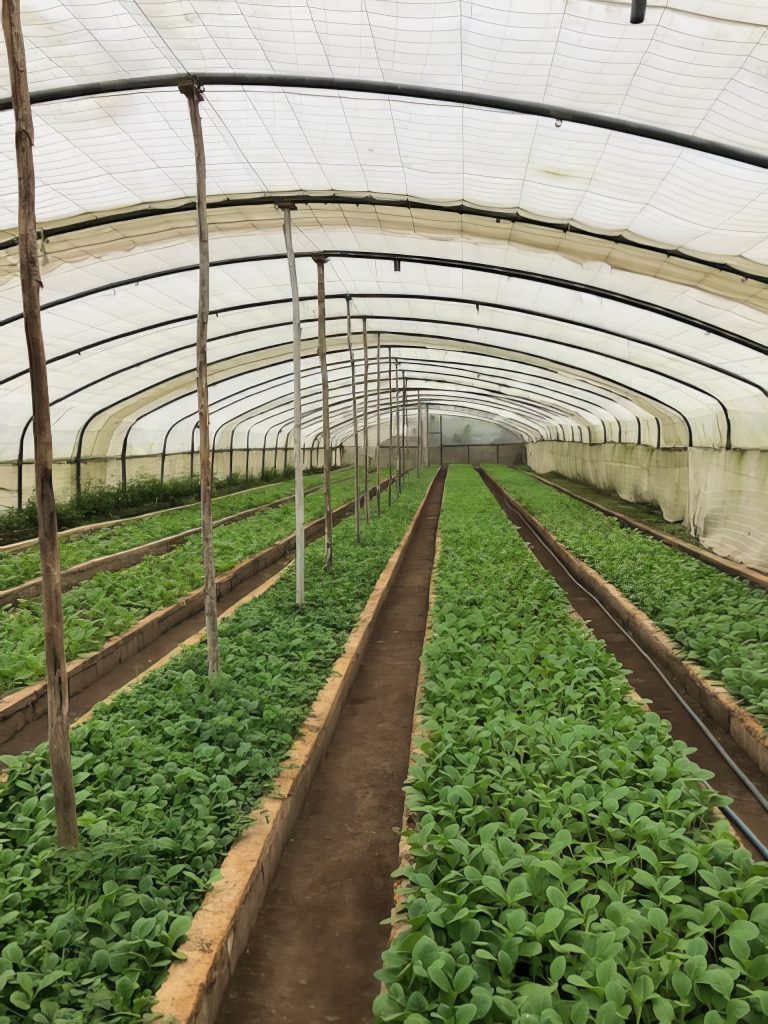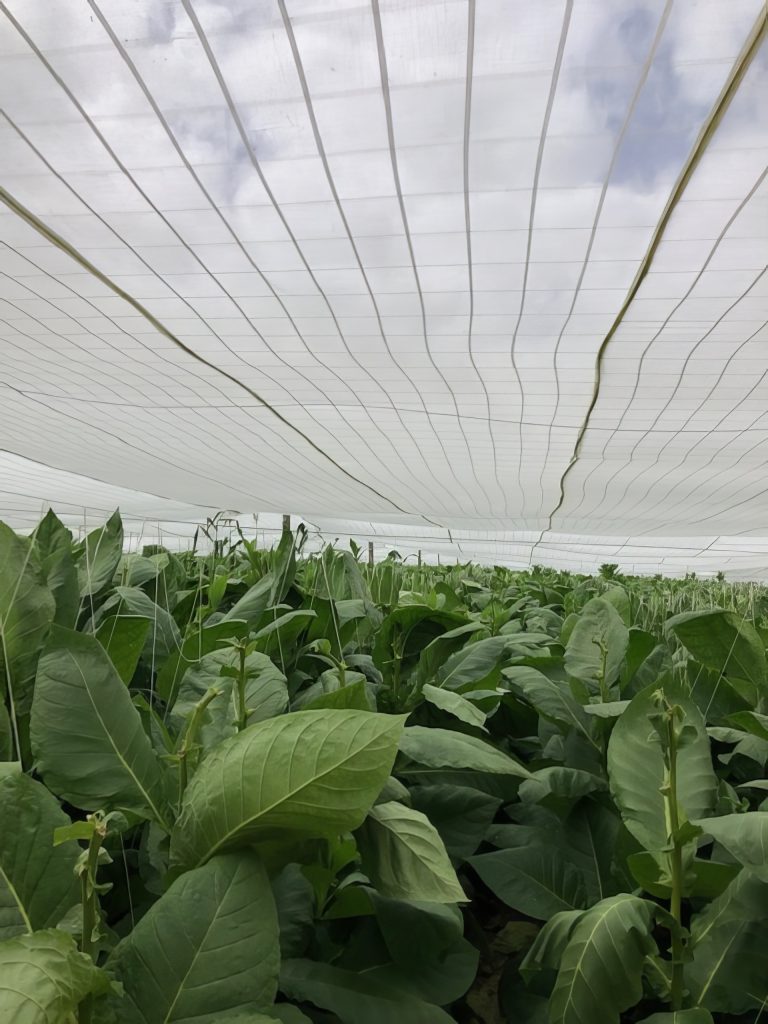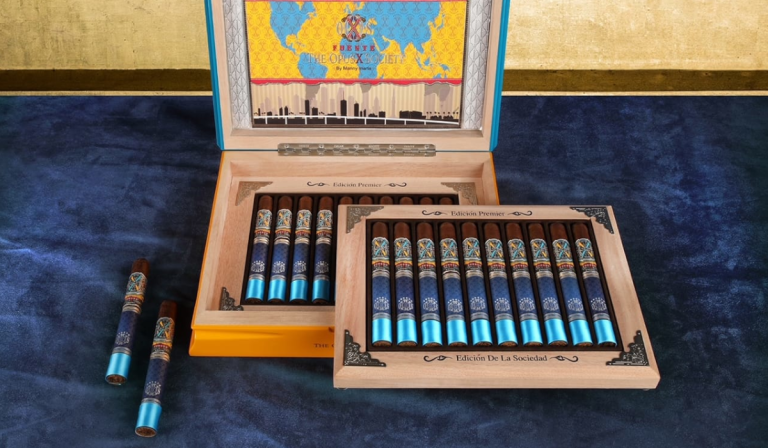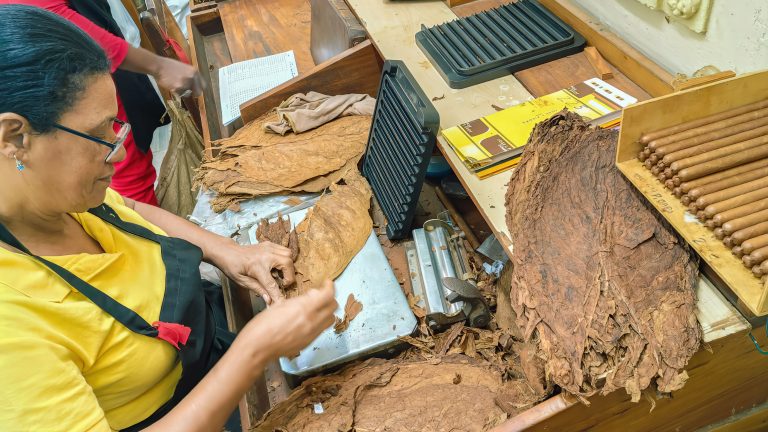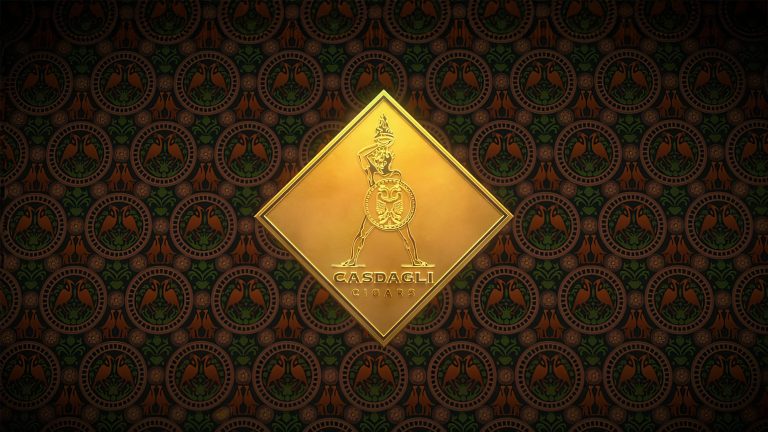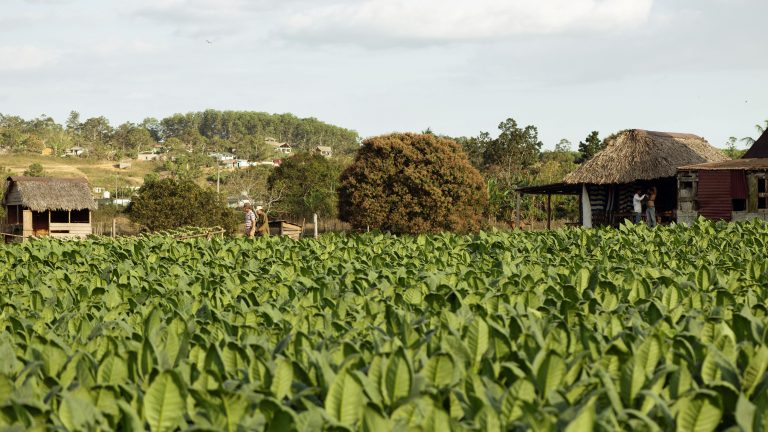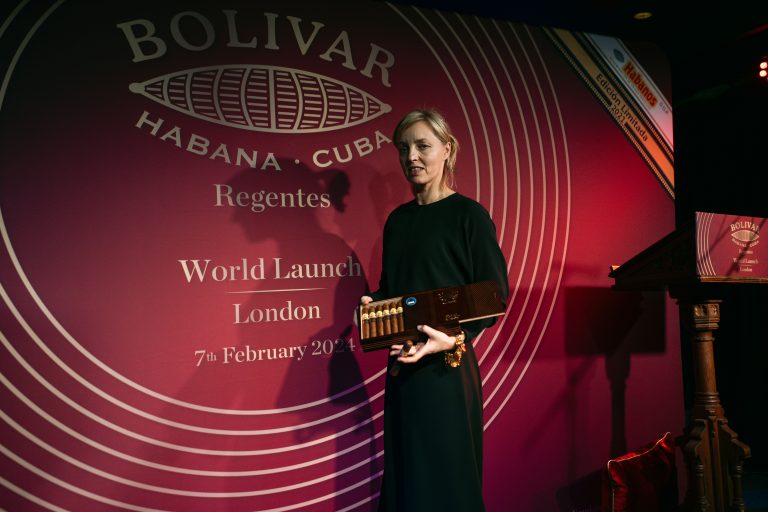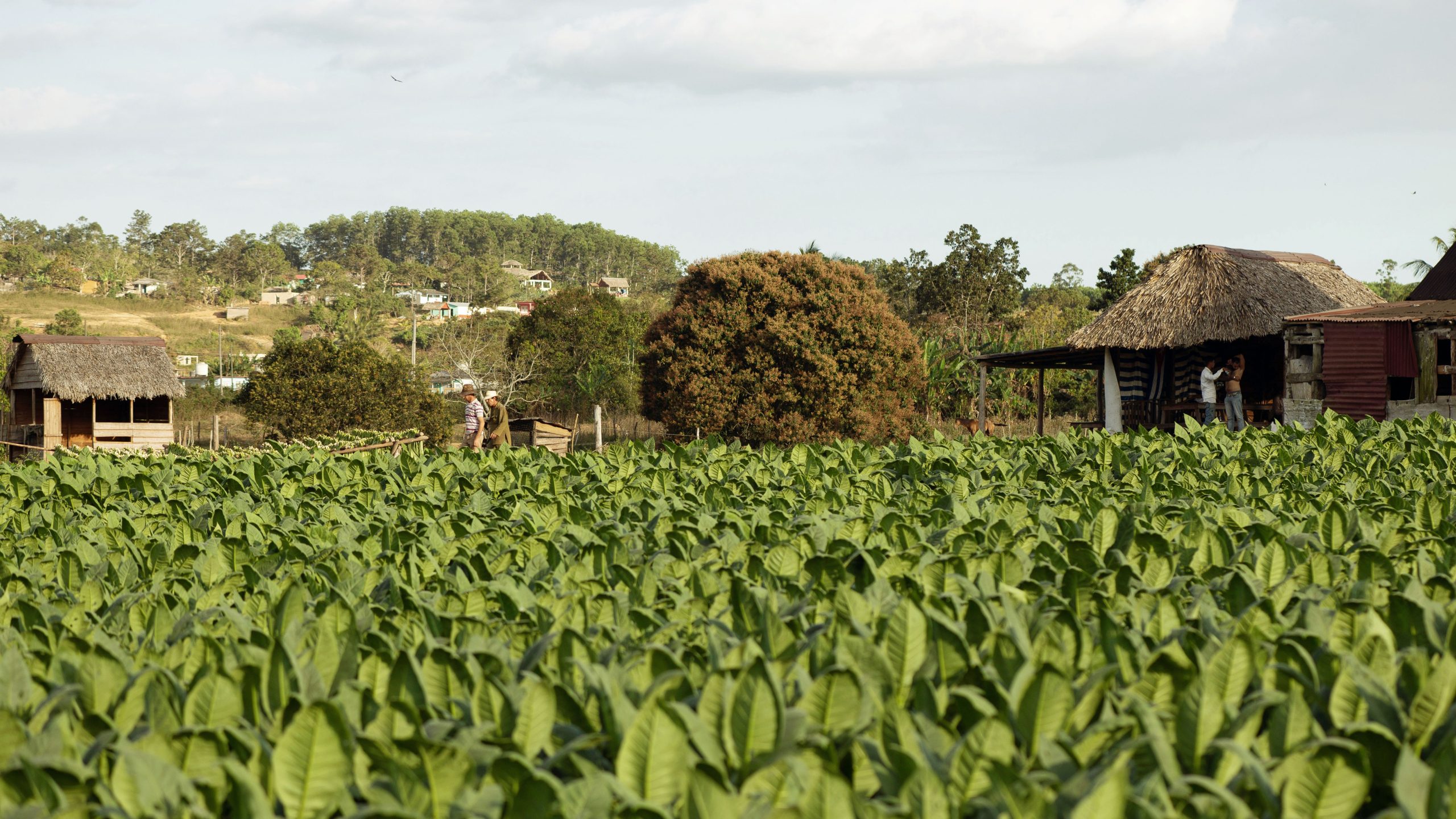
Cigar News
SpecialsCuban Legacy: An Inside Tour of Finca Hector Luis
Author: Inspector X
I recently visited Cuba and on the second day, explored Vuelta Abajo in Pinar Del Rio, the world’s most famous tobacco region. This area, a tobacco mecca, is 164.1 km from Havana, requiring about a 3-hour drive.
Exploring Pinar Del Rio
Pinar Del Rio is a small province in Cuba. In this region, you can find around 80 thousand acres of premium tobacco fields. The most famous fields are situated around the cities of San Juan y Martinez and San Luis. These pieces of land are worldwide known for their top-notch quality of tobacco, but why is this? Well, if you drive to Pinar Del Rio, you will quickly notice that the landscape starts to change around this area. Mountains start rising up at its borders, and thanks to this natural barrier, a microclimate comes to life. Another natural element that helps this region is its placement on the island. As you may know, Cuba is a small but long island. Pinar Del Rio lays really close to the sea. Therefore, a higher humidity can be found inside this unique microclimate. The red soil in this region is also perfect for growing tobacco plants. If you ever visit this region, you will notice that the farmers treat the land with the utmost respect. Traditional cultivating still happens here, plows are being dragged through the dirt by oxen, every leaf is being handpicked by skilled personnel, and the tobacco is being granted time to grow to its full potential. To see this process with my own eyes was unbelievable; it’s like time stands still here, and respect is the number 1 rule to live by.
The Experience at Finca Hector Luis
As I said, our first stop was at the famous farm of Hector Luis. To clear things up, Finca means farm in Spanish. The road there was a small dirt road that could just fit our bus, but all the tobacco that you could see from the main road also belongs to this farm. We arrived at a beautiful white and blue main building and were welcomed by Hector himself. Hector had scheduled the full seed to ash tour for us, so we immediately began our tour. The first field that we got to see was a field filled with tobacco plants that grew too long. If you leave a tobacco plant growing, a flower will emerge on top of it. Inside this flower, we can find the famous Cuban Black Tobacco seed. The seeds are incredibly small, so if they start sowing these, they will sprinkle the seeds into a strip of soil and afterwards thin out the plants so that only the strongest and healthiest plants remain. Our next stop was the greenhouse. Imagine, a greenhouse being 100 meters long and 25 meters wide, filled with young and fresh tobacco plants. At the farm, they have multiple greenhouses. I told you that the sowing takes place in strips of soil and that afterward they thin out the plants so that only the best plants remain. Well, this process takes place inside the greenhouses. Once the plants have sprouted, it will take them approximately 15 days to grow into a plant that’s ready to be put out on the field. Important to know is that a tobacco plant needs less to no water once they are put out in the field. The only time the plants get regular water is in the 15 days that they grow inside the greenhouse. Every other day, one of the workers makes sure that the soil is moist and that the plants are thinned out. The greenhouse itself is not a metal construction with glass. It’s a sort of tunnel covered in a kind of mosquito net that takes away 30 percent of the direct sunlight and diffuses the remaining 70 percent. Inside the greenhouse, there is a higher humidity level and a slightly higher temperature to encourage the plants to grow faster.
Into the Fields
On a farm, we find 2 types of tobacco. Sun-grown, these leaves are used for fillers and binders, and Shade-grown. Shade-grown wrappers are exclusively used for wrapper leaves. After the plants are big enough to be removed from the greenhouse, they need to choose which plant goes to which field. The choice is quite obvious; the best plants go to the shade-grown fields (they check the plants for color and texture to make sure they will produce excellent wrapper leaves), the less good plants go to the sun-grown fields. Don’t get me wrong; less good means that they will produce excellent tobacco but just not good enough for wrappers.
Shade Grown
First, we went to visit the shade-grown part of the farm. As far as the eye can see, you see bright green plants densely packed too each other. At a height of about 2 meters, the same kind of mosquito net is hung above the plants to protect the leaves from direct sunlight. The reason wrapper leaves are more elastic and thinner is that they were protected from the bright sunlight. To make it a bit easier for you to understand how tobacco plants work, you could compare these types of plants to tomato plants. Like the tomato plant, you need to remove the “thieves” that grow in between the tribe and leaf because otherwise, these “thieves” steal much-needed nutrition for a healthy leaf. When the plant reaches the right height, you need to cut off the top so that the plant stops growing and starts feeding the leaves. Thanks to this method (cutting the top off), you ensure that all the energy of the plant goes to the leaves. The plants stay inside the shade-grown field for about 45 days. After 45 days, they start harvesting, first they remove the mananita leaves, these are the 3 lowest leaves. Then they give the plant 3 days’ rest and then pick the next 3 lowest leaves and so on and on. The lowest leaves (mananitas, Libre de Pie, and uno y medio) are not used for cigars. They throw the leaves on the ground, and they form manure for the soil. The other leaves (bottom to top: primero centro ligero, segundo centro ligero, primero centro fino, segundo centro fino, centro gordo, and corona) are ideal for wrapper usage. These leaves are harvested after they have achieved the perfect size, color, and texture but always harvested from bottom to top.
Sun Grown
The second field that we went to see were the sun-grown fields. A sun-grown field is literally what you think, tobacco plants in open air exposed to the full sunlight. The advantage of sun-grown tobacco is that the leaves are way more powerful. Thanks, to the many hours of exposure to sunlight, the leaves get thicker and more powerful in taste. The leaves of a sun-grown plant are categorized differently than the shade-grown leaves. A fun mnemonic to keep in mind is very sexy lady. Better said, Viso, seco, and ligero. These 3 categories of leaves will form your trippa (filler). The only similarity are the bottom leaves (mananitas, Libre de Pie, and uno y medio); these also have no usage in our cigar. In some sun-grown plants, we also find Medio Tiempo leaves, these are famous because they are the extra leaf in the Cohiba Behike cigars. If you want to know more about the Medio Tiempo leaves, check out the article about the Vegas Robaina farm. There I will go deeper into this subject because Vegas Robaina is famously known for growing these leaves.
Curing Barns
The next step is harvesting the leaves. After 45 days, they start harvesting from bottom to top, 3 leaves at a time followed by 3 resting days for the plant. But where do these leaves go? The leaves are brought to curing barns. Throughout the farms, you will find many curing barns. Inside these barns, the leaves are strung to a wooden layer in a lean position. Each layer can fit up to 100 leaves. Inside the barns, you’ll find a special construction, the construction is made so that they can fit as many leaves as possible. When the first batch of leaves gets in, they get sorted out, so the workers know which leave came from which part of the farm (this is really important because otherwise, the blender doesn’t know which blend he is making). Then the leaves get strung to the wooden layer. Once the layer is full, it is moved to the back, and they continue. After 3 days, the next batch comes in. The first batch is moved up one shelf to make room for the new layers and so on and on. After 50 days in the barn, the first leaves have reached the top of the barn and are ready to go to the sorting area. The standard time for curing leaves is 50 days, then they lower the wooden layer and take off the leaves. The leaves will set destination towards sorting and fermenting areas.
Sorting and Initial Fermentation
The next step in the leaf’s journey is fermenting. Before they can ferment (for about 30 days), they get sorted for color and texture. This is done by female employees only because they can separate colors better. After this is done, they will stack up the leaves into piles. The leaves are placed in a curtain way so that air can pass through. This is better known as the first fermentation. Normally this takes around 30 days. After the first fermentation, they will pack the leaves into small transportable packages protected by palm wood. The palm wood acts as a natural humidor and ensures that the leaves are moist enough for transport while they are protected. Only one fermentation will take place at the farm. The other fermentations (viso 2 times, seco, and ligero 3 times) take place at sorting centers at another location or in the factory itself. Wrappers only need 1 fermentation; if wrappers would get multiple fermentation processes, they will crack or end up destroyed because wrapper leaves are way thinner than the rest of the leaves used in cigars.
Cigar Rolling Demonstration
The tour ends at the farm’s restaurant. There we were presented with a demonstration of rolling a cigar. Hector rolls his own cigars. Farms are obligated to sell 90 percent of their harvest to the government. With the remaining 10 percent, Hector makes custom rolls for the tourists that visit his Finca. Hector is a master roller, right in front of the restaurant is a single table where Hector sits and carefully rolls his cigars. He was generous enough to slow down his pace so that we could follow the process. First, Hector takes a single viso, seco, and ligero leaf. This blend is surrounded by a binder. After the binder is added, he will put the cigar in a mold and then into a press. 10 cigars fit in 1 mold, the mold is placed into a press and after 30 minutes they can come out. Once the cigar is pressed, they remove the extended parts, so a bold cigar is left over. Then he takes a wrapper leaf and rolls the bold cigar into the wrapper, applies a bit of maple glue and there you have it, the perfect cigar. The only thing that he needs to add at the end is the cap of the cigar. This is simply done by punching a hole in a wrapper leaf, opening up the binder a bit so that the cap leaf can be put between the wrapper and binder, applying a bit of maple glue and then pasting it to the cigar so that it’s sealed at one end.
Final Thoughts
The second day in my adventure of a lifetime was amazing. To get a tour of a true cigar legend is one thing, but our timing was perfect. When you visit Cuba in January, you are able to see every step of the process because the plants are fully grown, harvest is in progress, and the curing barns are full. He clearly explained every aspect of the process a tobacco plant needs to become the perfect plant. I also bought 30 custom rolls from Hector because they look amazing. Hector doesn’t produce a lot of cigars, but the cigars that he makes are made with love and crafted into perfection. If you ever find yourself near his farm, it’s worth a visit!!
Article by: Lukas Magdeleyns
Latest from Specials ...
March 2024
March 2024
March 2024
February 2024
February 2024


